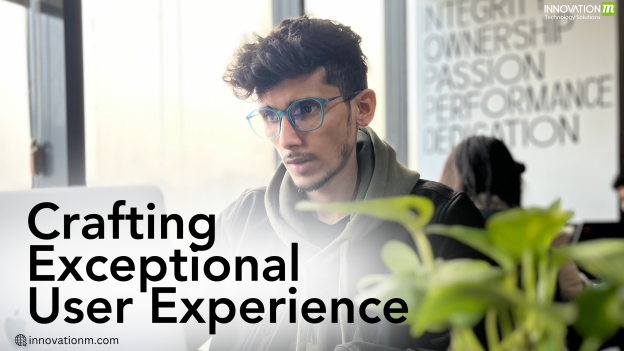User experience (UX) design is rapidly evolving as technology advances and user expectations change. Companies recognize that a seamless, intuitive and personalized experience is the key to customer retention and business success. The top UX strategies shaping the digital landscape are:
- AI-powered personalization
Artificial Intelligence (AI) has revolutionized personalization in UX. AI is becoming increasingly integrated, providing users with hyper-personalized experiences based on their habits, preferences and needs. Predictive algorithms predict user behavior and deliver customized feedback, recommendations, and interactions. Personalization goes beyond simple information to a more contextual experience, so that users feel that every interaction is personalized
- Voice Users (VUI) and Natural Language Processing (NLP) .
As smart devices proliferate, voice-activated interfaces (VUIs) will become mainstream. Users expect to interact seamlessly with digital platforms through voice commands powered by advanced natural language processing (NLP). VUI not only increases accessibility but provides a hands-free, convenient way to communicate, especially for users on the go or in places that are not easy to book.
- Immersive experiences involving augmented reality (AR) and virtual reality (VR).
AR and VR are changing the way users engage with digital content. These technologies aren’t limited to gaming—they’re being adopted in e-commerce, education, training, and entertainment to deliver immersive, interactive experiences. AR enhances real-world environments with digital overlays, while VR is fully immersive virtual spaces for deeper interaction.
- Ethics and inclusive policy
Users are increasingly aware of the ethical issues associated with the technology, such as privacy, data use and accessibility. UX designers should prioritize ethical design practices that respect user data and provide an inclusive experience. This includes ensuring accessibility for people with disabilities, designing for cultural diversity, and building trust by being transparent about how data is used
- Micro interactions create engaging experiences
Microinteractions are clever design features that maximize user engagement. These small, often overlooked interactions—like button animations, loading indicators, or feedback prompts—contribute to the overall feel of the interface Designers focus on subtle interactions that don’t necessarily inform users not only but also brings joy and satisfaction to daily activities.
- Simplicity and Minimalism in UI Design
Minimalist design maintains to dominate with a focus on simplifying interfaces to reduce cognitive load and enhance usability. As customers have interaction with extra complex structures and apps, they crave simplicity. Designers are stripping away useless factors, leaving handiest what’s essential to the user’s undertaking. This technique enhances readability, hastens selection-making, and decreases frustration.
- Sustainability-Centered UX
With growing awareness of environmental worries, sustainability is turning into a middle part of UX techniques. Users assume organizations to be environmentally aware, and this is pondered in digital merchandise. Whether it is optimizing digital processes to reduce strength consumption or selling sustainable behavior through design, sustainability is now a key consideration in UX.
- Data-Driven Design Decisions
Data continues to play a pivotal function in UX layout. The capability to gather and analyze user conduct at scale lets in designers to make informed decisions, iterate quicker, and optimize the user revel in continuously. This year, there’s a stronger emphasis on combining quantitative information (inclusive of analytics) with qualitative insights (like consumer feedback and interviews) to create a holistic view of user needs.
Final Thoughts
As we move similarly into design, the landscape of UX is shaped by way of emerging technologies and heightened person expectancies. AI, immersive experiences, and voice interfaces are leading the charge, however ethical layout, accessibility, and ease continue to be relevant to crafting outstanding user stories. By embracing those strategies, groups can stay in advance of the curve and supply stories that resonate deeply with their users. User experience is not just about solving troubles—it’s approximately growing moments of pleasure, delight, and seamless interplay in each virtual touchpoint.
 End to End Technology Solutions
End to End Technology Solutions
